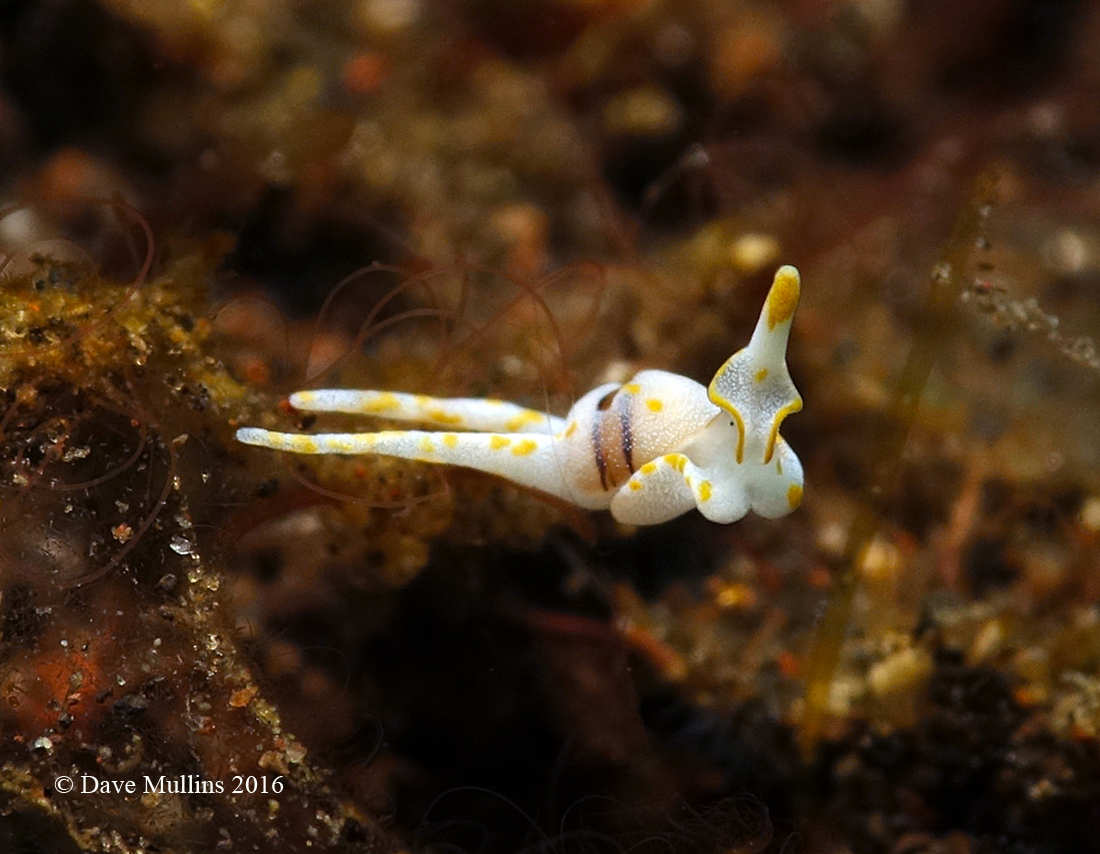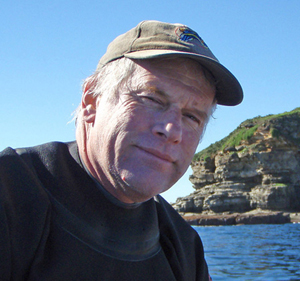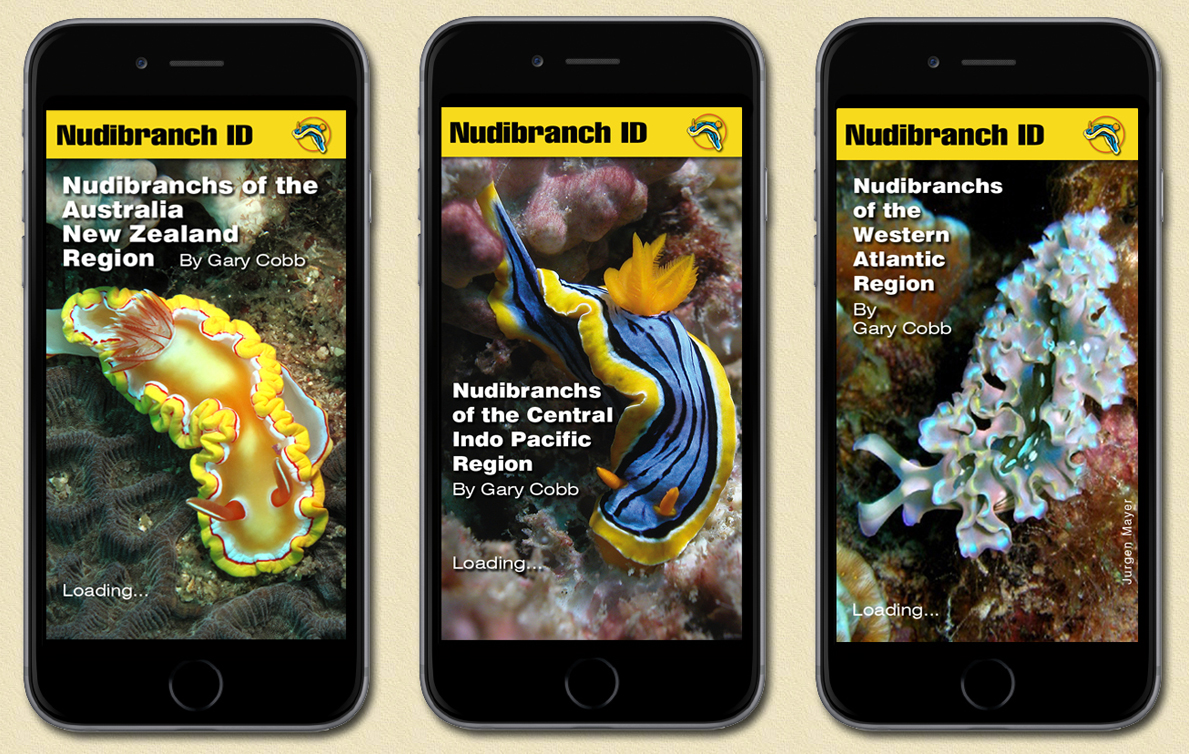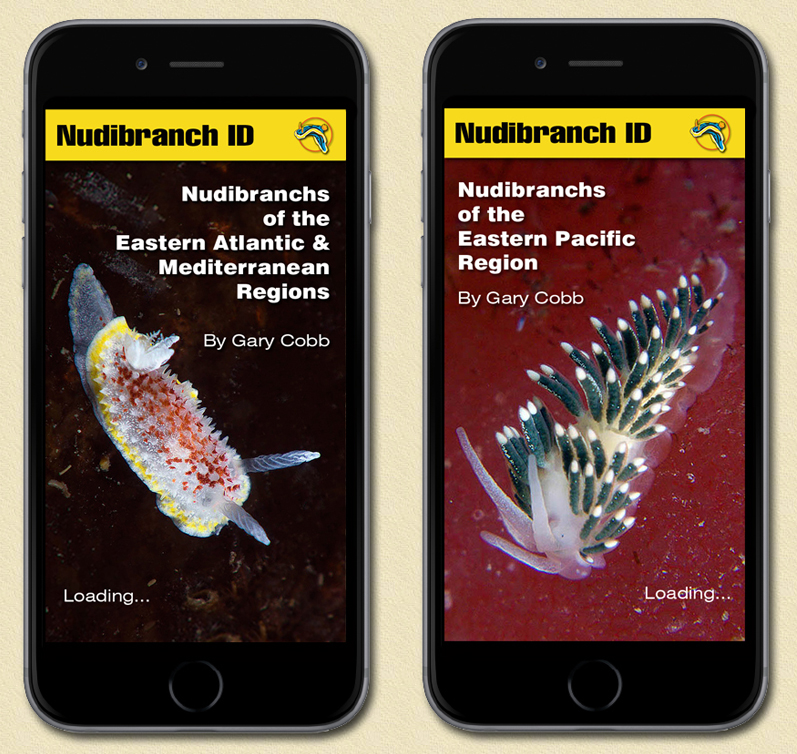 |
Image courtesy of Dave Mullins
10 metres, Coral Gardens, Tulamben, Bali, Indonesia
Sony DSC-RX100 in Nauticam Housing with wet macro diopter, Inon Z220 strobe.
Noalda sp. 2 (undescribed)
During my trips to Bali there are sites and times when the big, colourful and obvious sea slugs are not plentiful. That's when it's time to start looking very closely at the substrate for the not so obvious, the cryptic and diminutive in order to find subjects to fill the viewfinder.Noalda sp. 2 is one such species found there. However, locating the tiny, wispy white threads, which is how it appears to the naked eye, is one thing - having it fill the viewfinder at only 3 mm long is an altogether different task. Its preference for shallower waters creates difficulties from surge and its quick and unpredictable behaviour as it moves through the substrate growth causes composition headaches.
In the words of Bill Rudman Noalda is a problematic genus because the anatomy has never been examined and so its relationship to other sea slugs is unknown. The southeastern Australian species Noalda exigua was described by Hedley in 1912 as Hydatina exigua from an empty shell. In 1936 Iredale created a new genus, Noalda, based on differences in the shell (which superficially look similar) and transferred that species to the new genus.
Back to the species at hand, we can see that although Noalda sp. 2 has twin "tails" and a partially exposed shell bearing two transverse brown lines, a translucent white body with fine opaque white speckling and larger yellow spots and edgings, the shape of the headshield is markedly different when compared to Noalda exigua and for that matter to other species of Noalda as well. In fact it is raised up and formed into a conspicuous pointed projection not unlike "...that of a gastropterid" (Rudman). This species is reasonably well known and recorded from Indonesia but difficulties currently exist in obtaining collection permits in that country so that we can expect to remain in the dark about its internal anatomy, its molecular sequence and subsequently its taxonomic position into the foreseeable future. (Rare sightings also from the Andaman Sea coastline of Thailand.)
The most recent study on the phylogeny of Aglajidae (Camacho-Garcia et al 2014) omitted Noalda due to the unavailability of specimens for molecular study.
Keep a look out for it. Just obtaining a good pic of it is its own reward for the effort. (Note: This species is the same as that in BOW 707 of September 2010 and Noalda sp. 6 in the 2015 edition of Nudibranch & Sea Slug Identification. It is morphologically different to Noalda sp. 2 in NSSI, that species being known from Papua New Guinea.)
References:
Burn, R., Thompson, T.E., 1998. Order Cephalaspidea. In: Beesley, P.L., Ross, G.J.B., Wells, A. (Eds.), Mollusca: The Southern Synthesis. Fauna of Australia, Part B, vol. 5. CSIRO Publishing, Melbourne, pp. 943-959.
Camacho-Garcia, Y. E., E. Ornelas-Gatdula, T. M. Gosliner, AND Á. Valdes. 2014. Phylogeny of the family Aglajidae (Pilsbry, 1895) (Opisthobranchia: Cephalaspidea) inferred from mtDNA and nDNA. Molecular Phylogenetics and Evolution 71:113-126.
Gosliner, T.M., Valdes, A. & Behrens, D.W. (2015) Nudibranch and Sea Slug Identification: Indo-Pacific. New World Publications, Jacksonville, Florida, USA.
Hedley, C. 1912. Descriptions of some new or noteworthy shells. Records of the Australian Museum 8: 131-160.
Iredale, T. 1936. Australian Molluscan Notes. No.2. Records of the Australian Museum 19: 267-340; pls 20-24.
Rudman, W.B., 1998 - 2010. Noalda exigua & Noalda sp. 2 , Factsheets & Related Messages, Sea Slug Forum, Australian Museum, Sydney.
Queensland, Australia
marineimages@hotmail.com
September 2016
Send Dave email at: marineimages@hotmail.com
Dave Mullins on location
 |
|
Nudibranch reference material comes in many shapes and sizes but primarily books and websites. The problem with reference books is outdated material and their weight when travelling. Taxonomy is changing and adding or altering names at a rapid rate. The problem with the Internet is range and accessibility.
Now, thanks to the development by and ongoing efforts of Gary Cobb there is a series of smart device applications called Nudibranch ID. When the series is complete you'll be able to reference all the nudibranchs of the world.
No web connection required.
The Nudibranch ID App Series:
These field guides will place right at your fingertips, anytime and anywhere, an outstanding selection of Nudibranchs found throughout the World.
Featuring:
Indo-Pacific - version 19.0 - 700 species (available now)
Eastern Pacific - version 16.0 - 423 species (available now)
Australia and New Zealand - version 18.0 - 1139 species (available now)
Eastern Atlantic/Mediterranean Sea - version 5.0 - 680 species (available now)
Western Atlantic - version 4.0 - 498 species (available now)
Indian Ocean/Red Sea - (out soon)
Western Pacific - (out soon).
Available as iPhone or Android versions.
These are true Apps not just simple identification guides. Search functions and the ability to create lists for emailing are game breakers in this field. They are updated (for free) regularly.
Visit: www.inudibranch.com for a full description.
 |
 |
